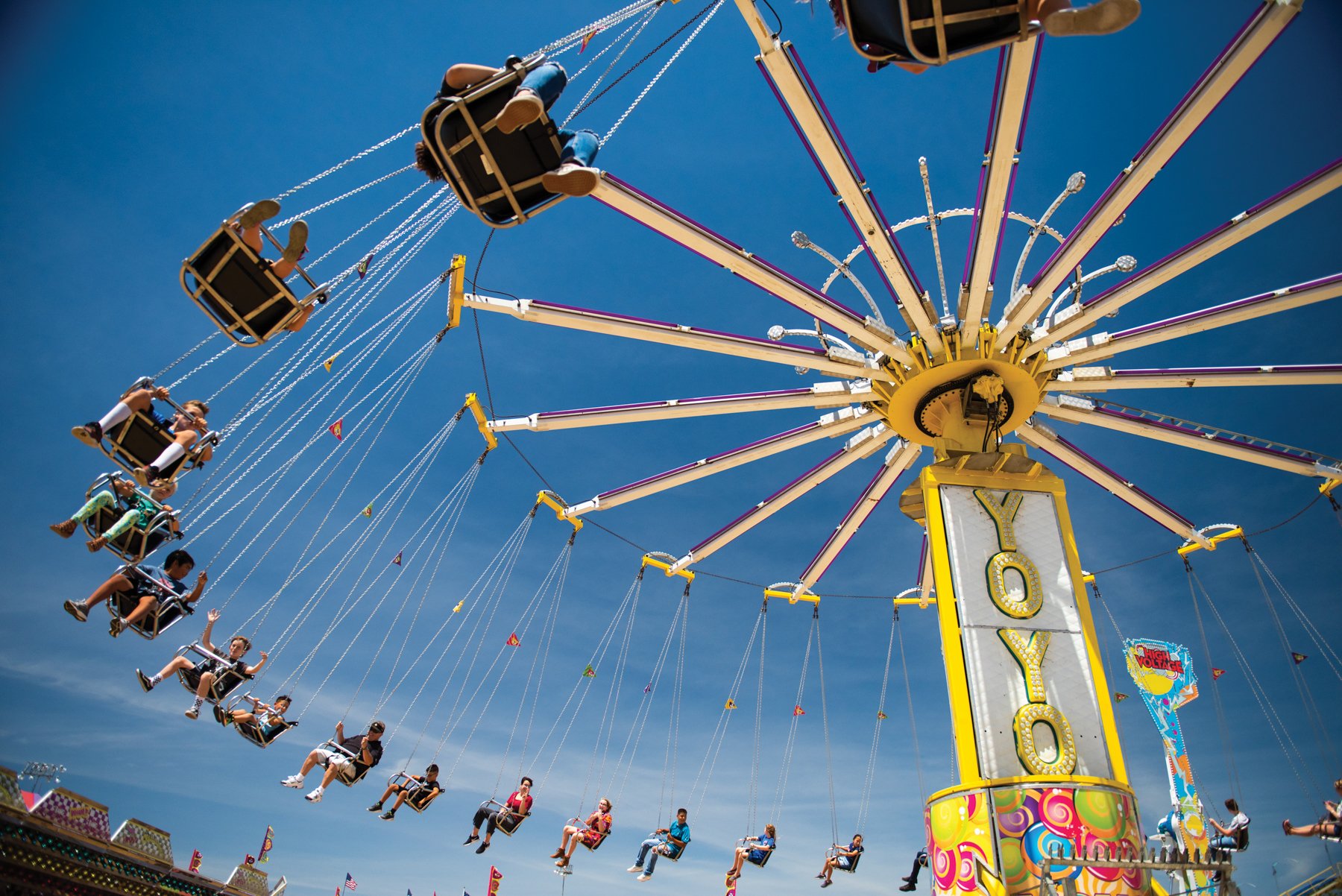
Who Makes the Mid-State Fair Go ’Round
Photography by Brittany App
Nothing celebrates the achievements, heritage and creativity of our Central Coast community quite like the Mid-State Fair. In the heart of Paso Robles, a decades-long tradition of carnival rides, diverse food and live performances is rooted in the spirit of togetherness.

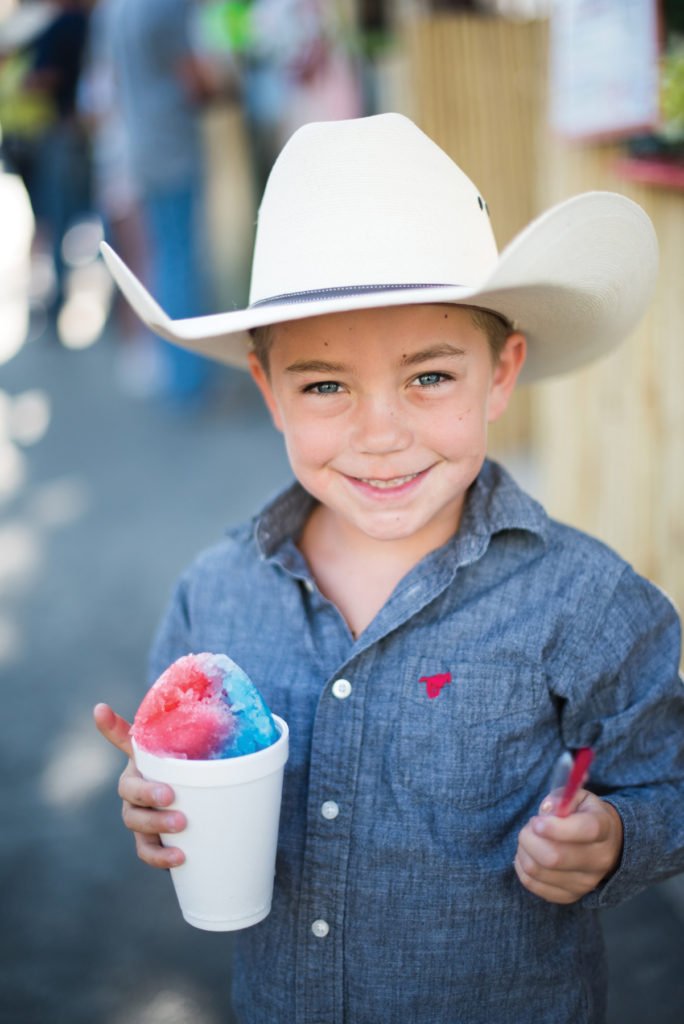
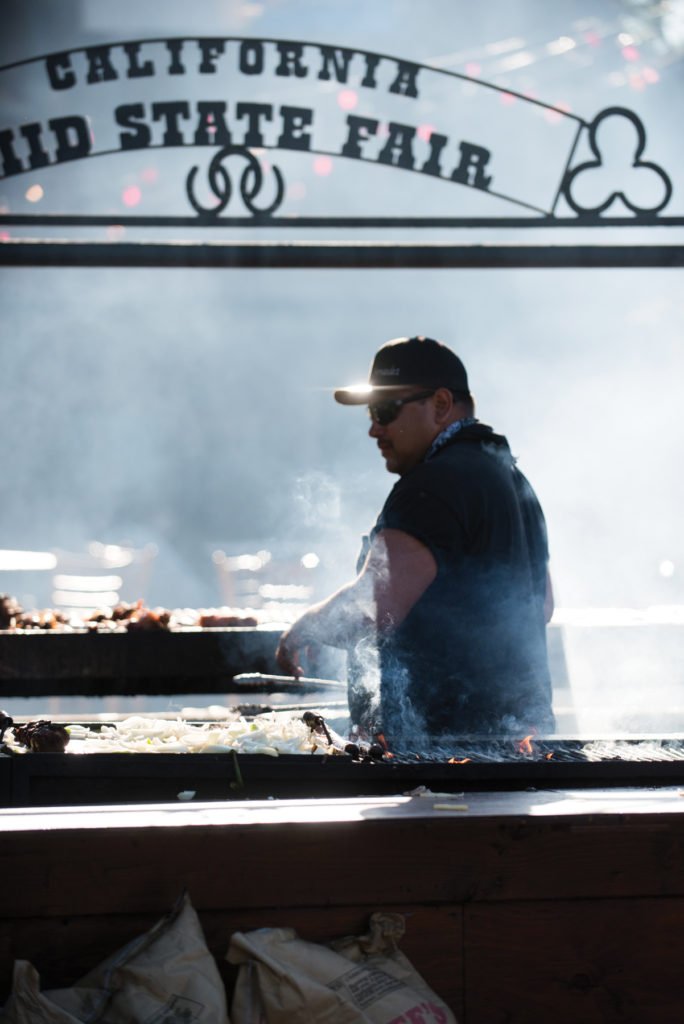
Since the pandemic forced us all apart in 2020, leaving residual effects this summer, the iconic “big fair in a small town” has made concessions of a different kind.
When the 2020 fair was suspended due to COVID-19, its managers attempted to salvage the canceled festivities by offering a small taste of the tradition. A drive-thru fair food event allowed people to indulge in the classic turkey leg, cheese on a stick, fried Oreos and funnel cake while watching a drive-in movie.
The 2020 fair experience looked nothing like fairs of the past 74 years. Back in 1946, under the name San Luis Obispo County Fair, it entered the realm of summer amusements as a way to educate the public about agriculture, giving rural communities the chance to experience developing technology and culture in a blossoming America. The fairs of modern times are packed with thrill rides, chart-topping musical acts and greasy deep-fried foods, but the ties to agriculture remain.
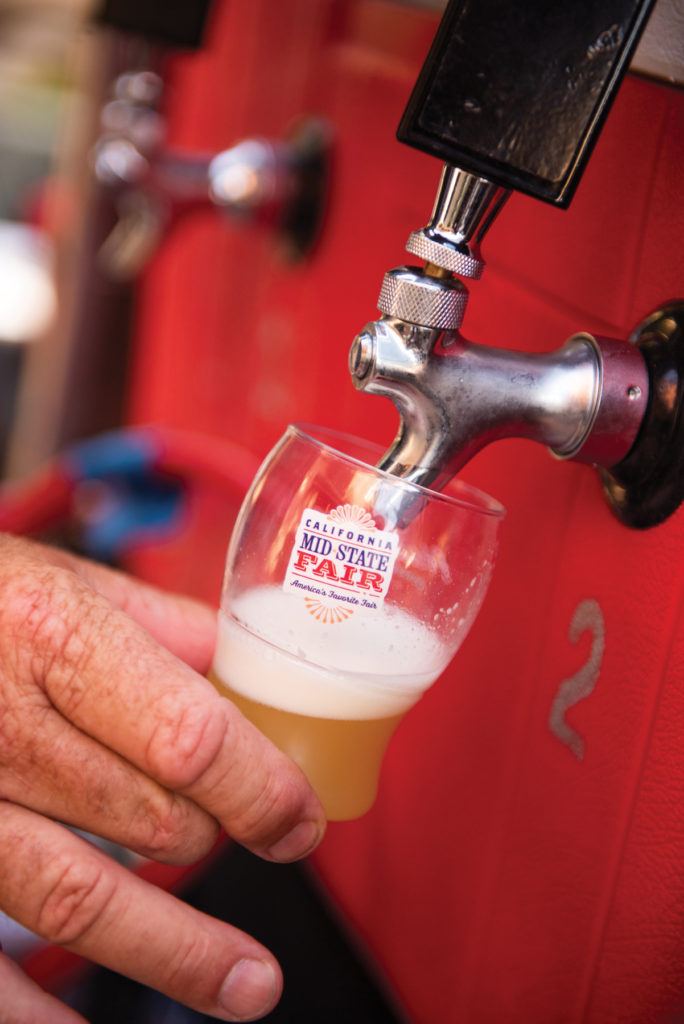
Up until the pandemic, the Mid-State Fair team tallied increasing growth and economic gains from the event each year.
“In the past six years, the fairgrounds have seen 420,000 attendees and have generated approximately $79 billion,” says Tom Keffury, the fair spokesperson.
A year without the fair is a big gut punch to a community that relies on the tourism and the benefits it generates. The event generates an estimated 30,000 jobs directly and creates many more indirectly through suppliers, vendors and other means. Many of those paychecks go to locals.
Bonnie Loftus is the owner of Jimmy’s Watering Hole, one of the largest concessions at the Mid- State Fair. For 11 years, she’s run her own show serving delicious Jimmy’s BBQ, pulled pork, tri-tip and homemade beans to fairgoers.
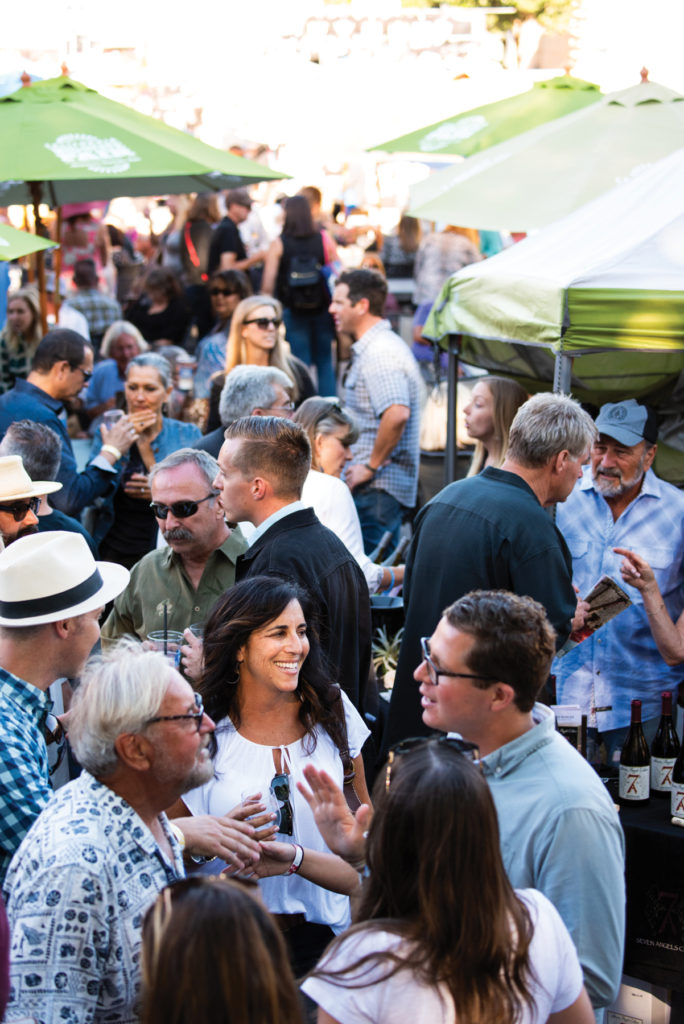

“Over the course of the 12 days at the fairgrounds we serve over 5,000 pounds of tri-tip and work through 300 kegs,” says Bonnie. “Our business is dependent on fair sales — 75 percent of our business comes from the 12 days of the fair.”
Sales in 2020 were barely a drop in the bucket for Bonnie, whose only fair-related income came from Jimmy’s fries and pasta salad sold at the fair’s drive-thru event.
Jimmy’s is only one cog in the greater machine that is our food system and local economy, which are supercharged during fair time. Out of the entire U.S. agricultural sector, which includes both farm and farm-related businesses, food service and food manufacturing are the largest component, accounting for 11 percent of U.S. employment. While state and county fairs are fun for attendees, they’re also community lifelines that support rural economic development, local employment and farming. Jimmy’s and similar vendors not only make the Mid-State Fair a summer extravaganza we all look forward to but, also, the revenue local vendors earn over those two weeks allows them to show up all year long to keep our neighborhoods fed and thriving.
You may not be able to recreate amusement rides at home, but these fair food recipes will transport you to the center of the action:

